Bob_Spidell
Yoda
Offline
My BJ8 has had what I feel is excessive pos. camber--2-3deg--since new (AFAIK), even with offset trunnion bushings 'maxed out.' Now that I can TIG weld with a bit of competence, I've considered adjustable shock plates but, while browsing the shelves at Harbor Freight the other day I noticed a box of alignment shims. These are roughly U-shaped and come in assorted thicknesses (yeah, I know, they've been around forever). Anyway, I got to thinking if I put shims under the outer ears on the front shocks that would tilt the shocks back and remove some or all of the pos. camber. My concern is, would this put undue stress on the ears--where the bolts go--on the shocks, possibly causing them to break and mayhem to ensue? Anybody done this?
https://www.harborfreight.com/catal...atured+Weight,f,Sale+Rank,f&q=alignment+shims
https://www.harborfreight.com/catal...atured+Weight,f,Sale+Rank,f&q=alignment+shims

 Hey there Guest!
Hey there Guest!
 smilie in place of the real @
smilie in place of the real @
 Pretty Please - add it to our Events forum(s) and add to the calendar! >>
Pretty Please - add it to our Events forum(s) and add to the calendar! >> 
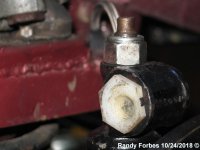
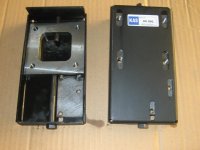

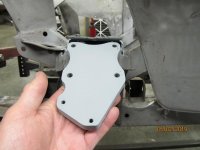
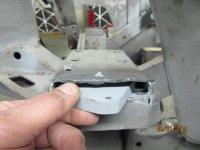
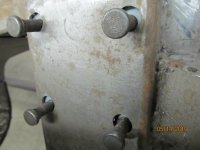
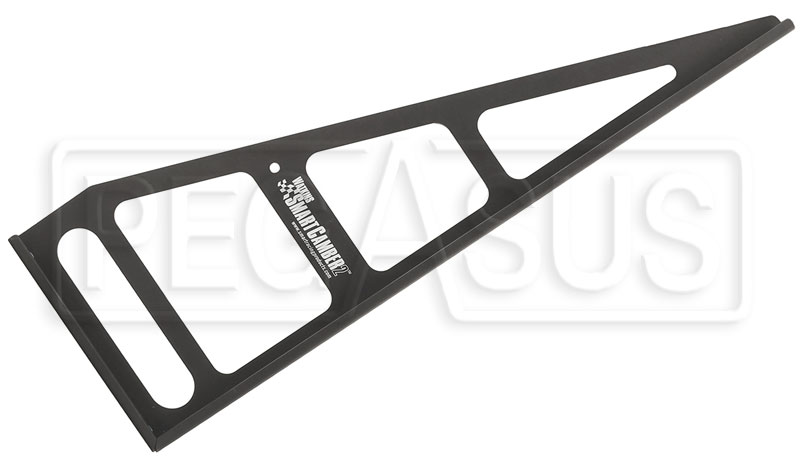
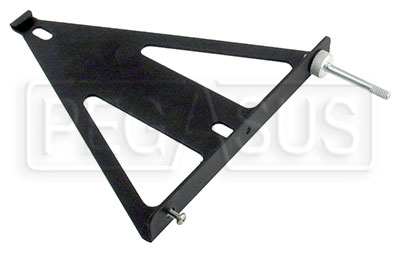

 A friendly reminder - be careful what links you click on here. If a link is posted by someone you don't know, or the URL looks fishy, DON'T CLICK. Spammers sometimes post links that lead to sites that can infect your computer, so be mindful what you click.
A friendly reminder - be careful what links you click on here. If a link is posted by someone you don't know, or the URL looks fishy, DON'T CLICK. Spammers sometimes post links that lead to sites that can infect your computer, so be mindful what you click.